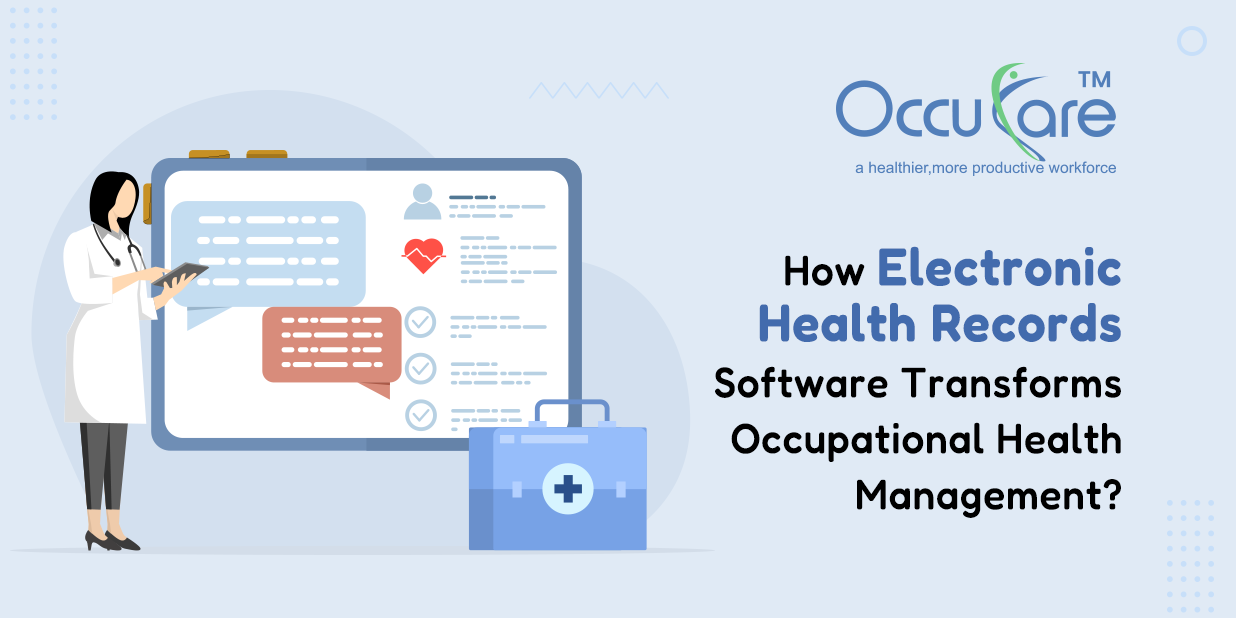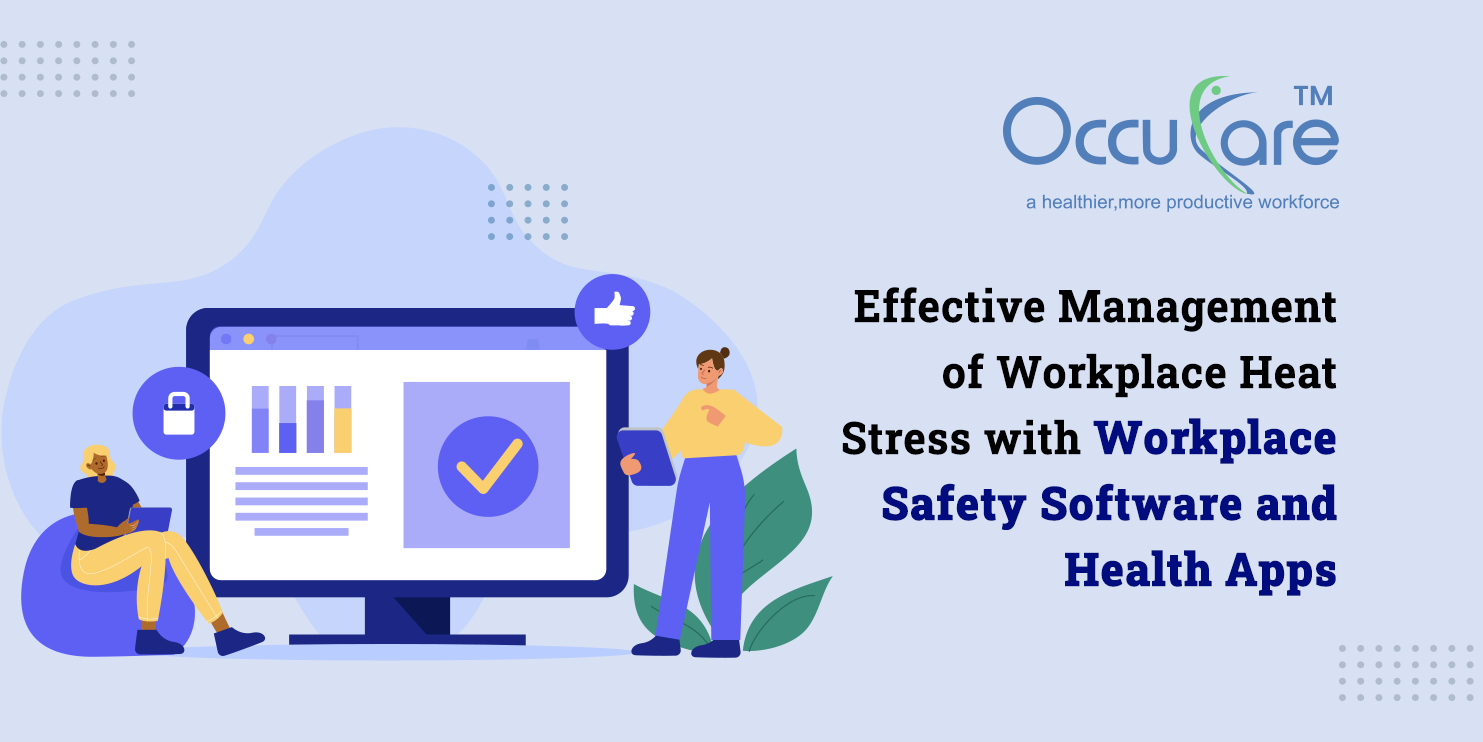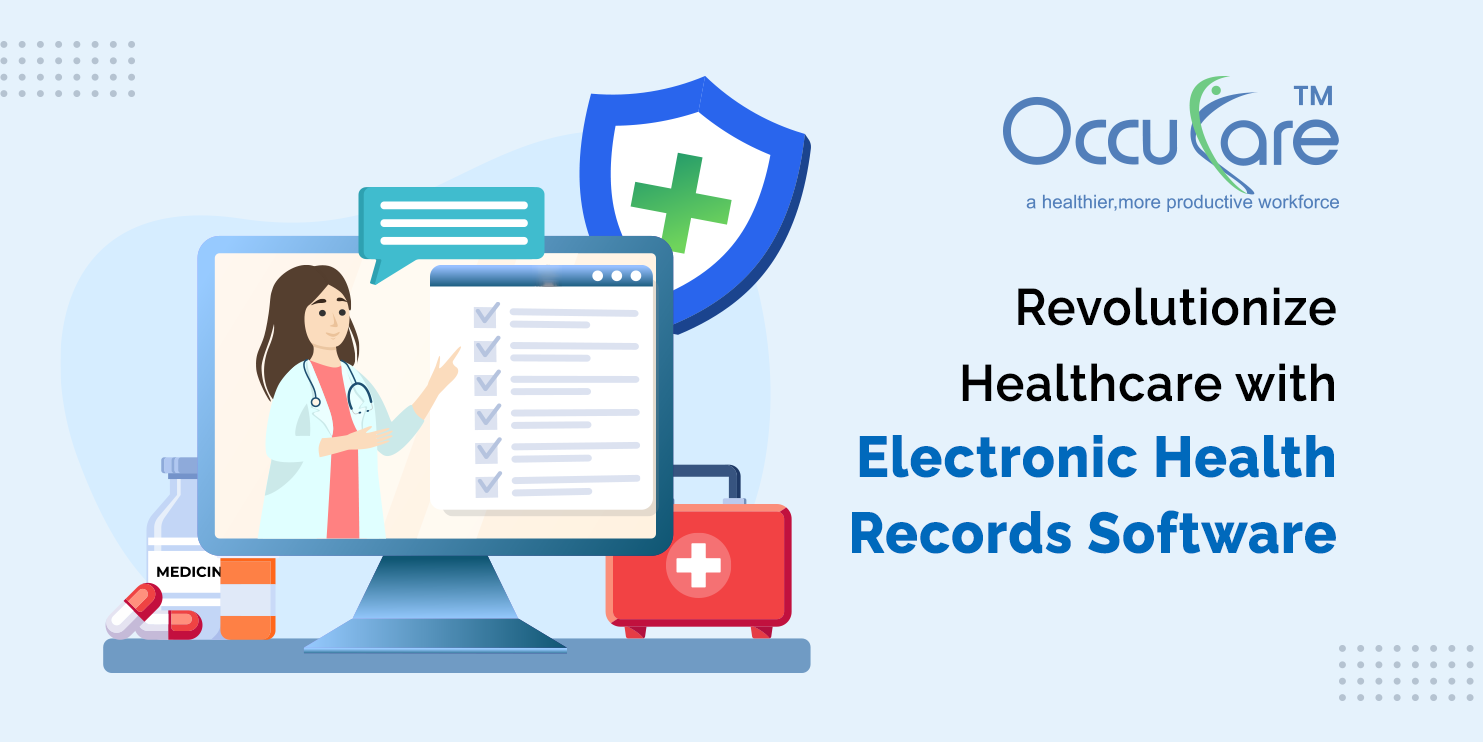Employee health and safety are more important than ever in the hectic workplace of today. Workplace safety results can be improved and safety procedures streamlined by integrating Workplace Safety Software with Electronic Health Records Software. This tutorial will look at how combining EHR software with workplace safety systems can improve incident response and make workplaces safer.
Understanding the Importance of Integration:
There are many advantages to integrating EHR systems with workplace safety software, such as increased incident tracking and data accuracy. Better decisions and preventative safety measures are made possible by this synergy.
Additionally, firms may efficiently handle occurrences and react swiftly to safety concerns with the help of incident management software. This guarantees that all information about occupational illnesses and injuries is in one place, which facilitates trend analysis and the use of preventative measures.
Benefits of Using a Comprehensive Workplace Safety System:
There are various benefits to integrating OccuCare’s safety software with EHR systems. It first offers a centralized platform for monitoring occurrences at work and health data. A better coordinated approach to worker well-being results from the smooth communication made possible by this integration between safety and health specialists.
Second, a culture of safety is promoted when safety systems and incident management tools are combined. When workers are confident that their medical records are being appropriately stored and examined, they are more inclined to report events. To detect dangers and stop similar accidents in the future, this reporting culture is crucial.
Finally, firms can more readily adhere to regulatory obligations when they use incident management software in conjunction with EHR systems. Maintaining accurate records of incidents involving health and injuries at work can greatly lower legal risks and increase transparency.
Key Features to Look for in Integrated Systems:
It’s critical to concentrate on aspects while selecting the best Workplace Safety Software and EHR systems for integration. Seek software with strong data analytics features. When combined with incident data, the ability to examine health trends can yield insights that help guide safety procedures.
Additionally, confirm that mobile access is supported by both systems. The ability to access health records or report events while on the go is essential in today’s mobile workforce.
Steps for Successful Integration:
The following crucial actions must be taken to successfully integrate Safety Software with EHR systems:
- Assess Your Needs: Ascertain the needs of your company. Which areas of your workplace safety system are currently lacking? You can select the best software for integration by recognizing these.
- Choose the Right Software: Choose incident management software and EHRs that work well together. To ensure seamless data transfer, look for systems with built-in integration features or APIs.
- Monitor and Evaluate: Following integration, keep an eye on the system’s functionality. Assess if the integration is enhancing the management of health and safety data at work.
- Solicit Feedback: Ask staff members for their opinions on the integrated systems on a regular basis. Gaining insight from their experiences can aid in identifying areas for growth.
Challenges to Consider:
Ensuring the security of sensitive health information during integration is crucial, as data privacy is a major concern. Regulations such as HIPAA must be followed by organizations in order to safeguard employee data.
Additionally, some businesses may find the upfront costs of software integration to be a deterrent. The capacity to purchase top-notch incident management software and workplace safety systems may be restricted by financial limitations. But these upfront expenses are frequently outweighed by the long-term advantages.
Future Trends in Workplace Health and Safety:
By examining past data, artificial intelligence (AI) and machine learning will be crucial in forecasting possible safety accidents. Organizations will be able to implement safety measures in a proactive rather than reactive manner thanks to these developments.
Furthermore, workplace safety systems will need to take additional factors into account as remote work becomes more common. To properly manage remote workers’ health and safety, businesses must figure out how to link EHR data with safety procedures.
Conclusion:
Modern companies looking to enhance employee health and safety must integrate workplace safety software with electronic health records; it’s not simply a fad. Businesses may promote a culture of safety, improve compliance, and ultimately safeguard their most precious asset—their employees—by implementing a thorough safety system and using efficient incident management software. Adopting these linkages will be essential to staying ahead of the curve in workplace health and safety management as technology advances.



